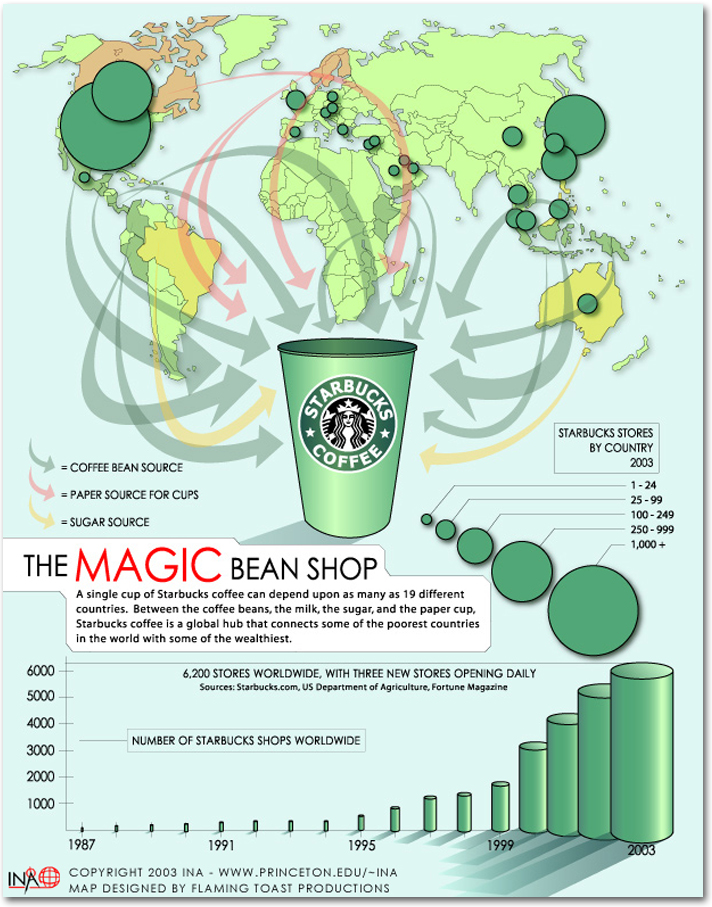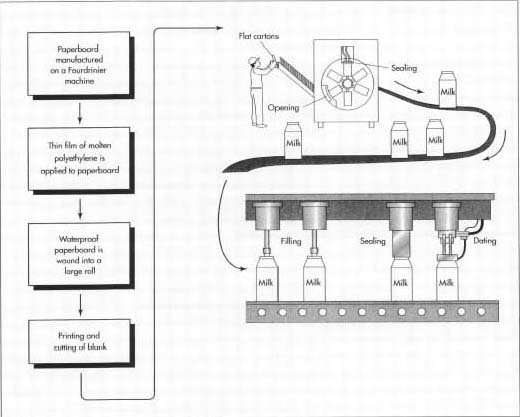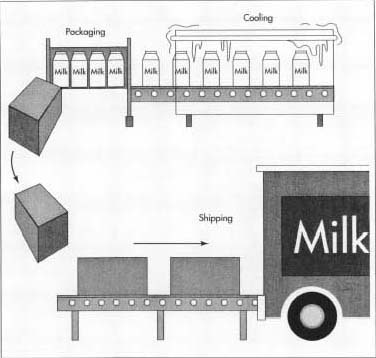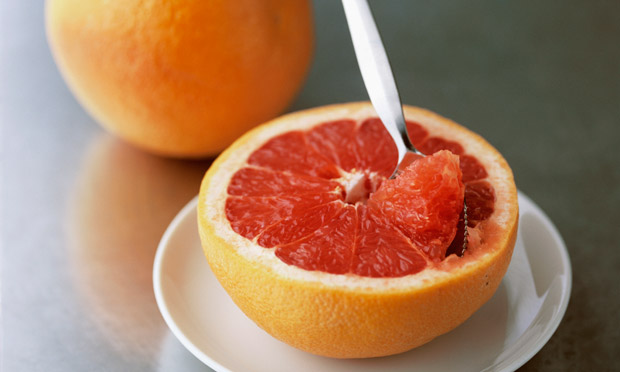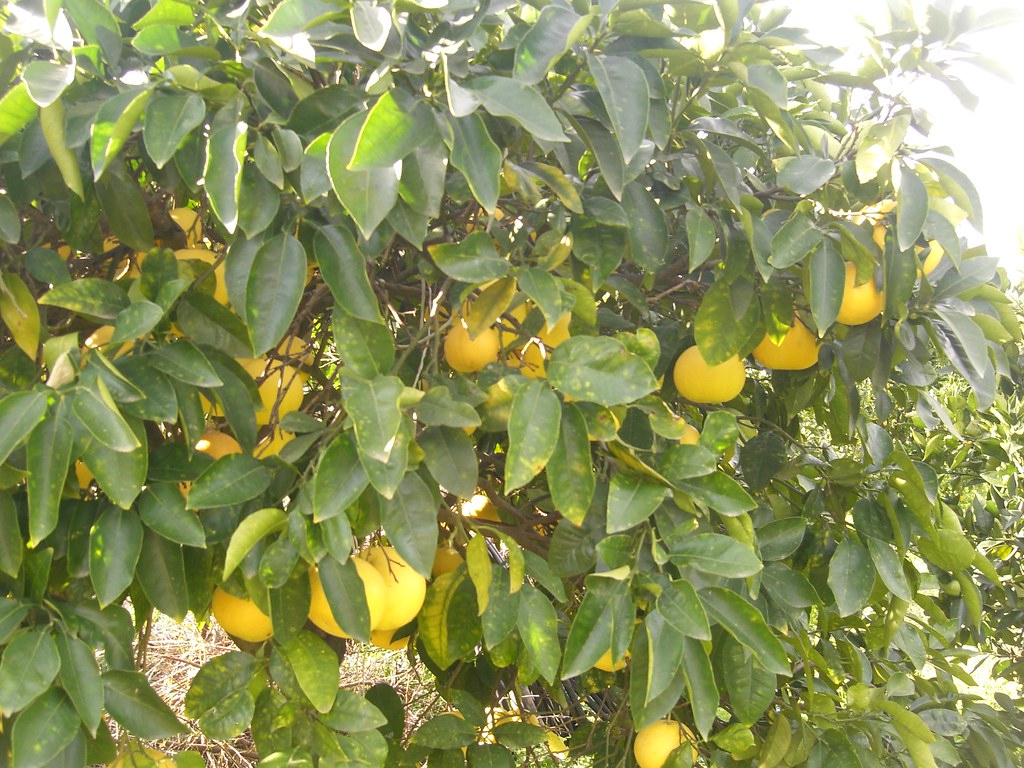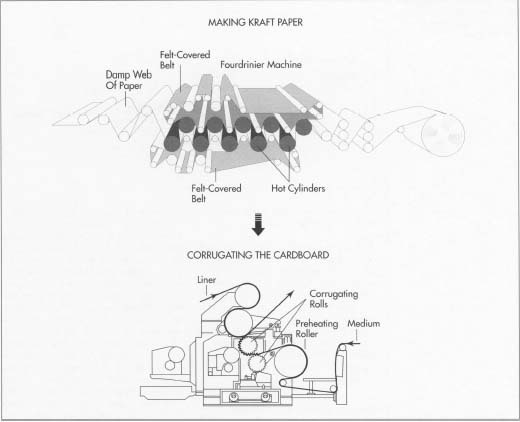Sushi – Tuna and Salmon

Production:
A simple but delicious dish, as shown in the video above, sushi is primary made from Rice, Sushi Vinegar, Seaweed, and Fish.


Being in Canada, rice is not a readily available, unless it is wild rice. Unfortunately sushi requires white rice which primarily is imported into Canada from Asian countries such as China, Japan, and India. White rice is grown in rice paddies and generally harvested manually by seasonal laborers, which is a stark contrast to the industrialized grain industry in western cultures.
Sushi Vinegar is primarily derived from Rice Vinegar, which is created though the fermentation of rice by combining rice, water, and yeast.
The main attraction of any sushi dish is fish. Tuna and Salmon are two of the most popular fishes used in sushi today.
In response to the great demand for fish, the fishing industry has become a largest commercialized operation with large fishing vessels captures substantial amounts of fish. So much so that there is a risk of overfishing and declining fish populations in the world.
After the fish as been captured, they are prepared by professional cutters who prepare the meat for transportation and consumption. As the video shows, a large amount of machines and energy inputs are required in the harvesting and preparing of tuna and the process is similar for other sushi fish.
Transportation:

The earlier tuna preparation video also shows the meat being packaged for transportation. Earlier in this blog I’ve already discussed the inputs required for boxing and moving ingredients into and within Canada. For the Tuna fish, Canada has its own fishing industry which includes Tuna and Salmon. For the Sushi consumed in Vancouver, it is likely that the Tuna was harvested locally or shipped via Truck or Air from the East coast, although several restaurants offer fishes delivered directly from Japan.







